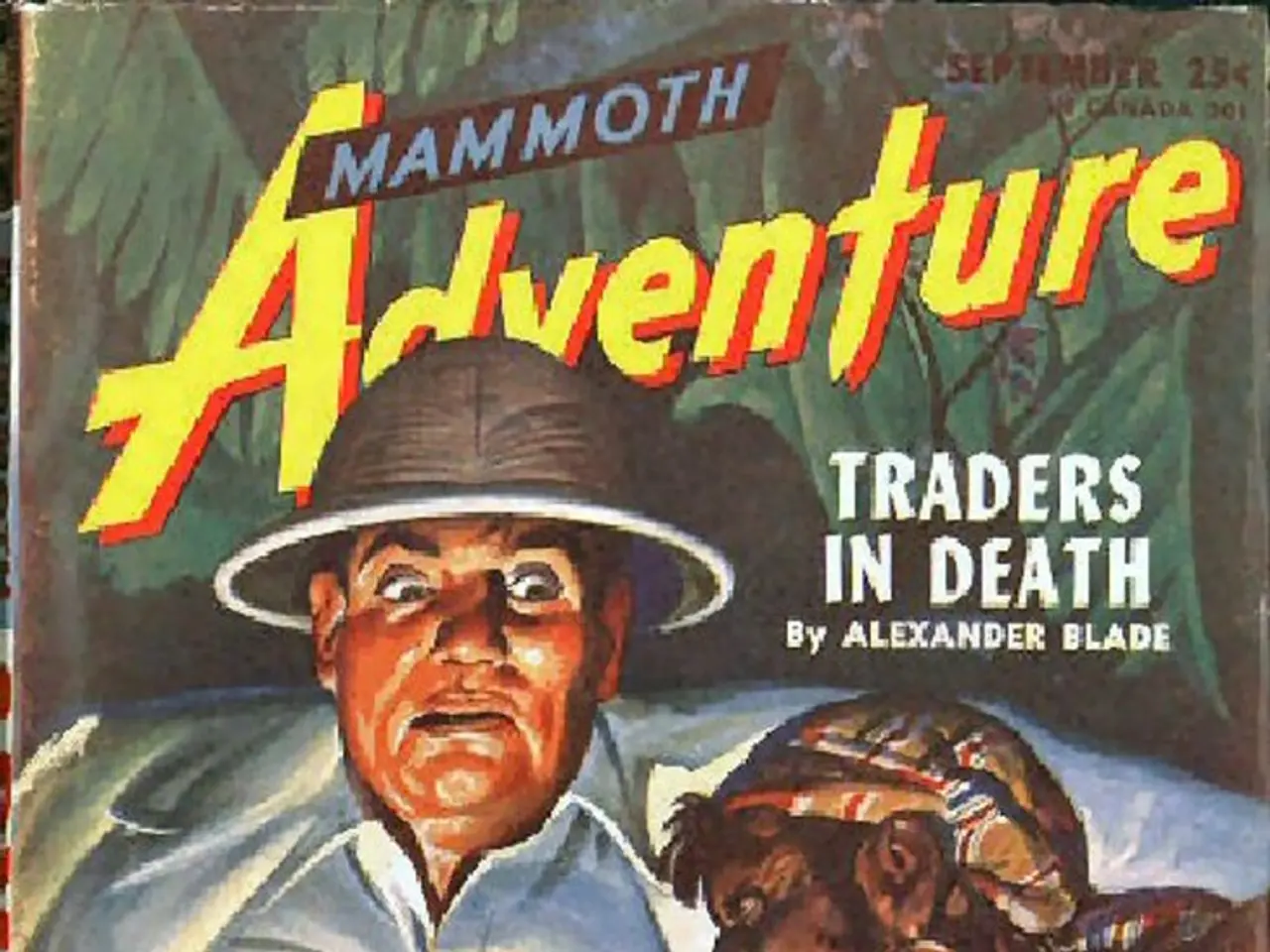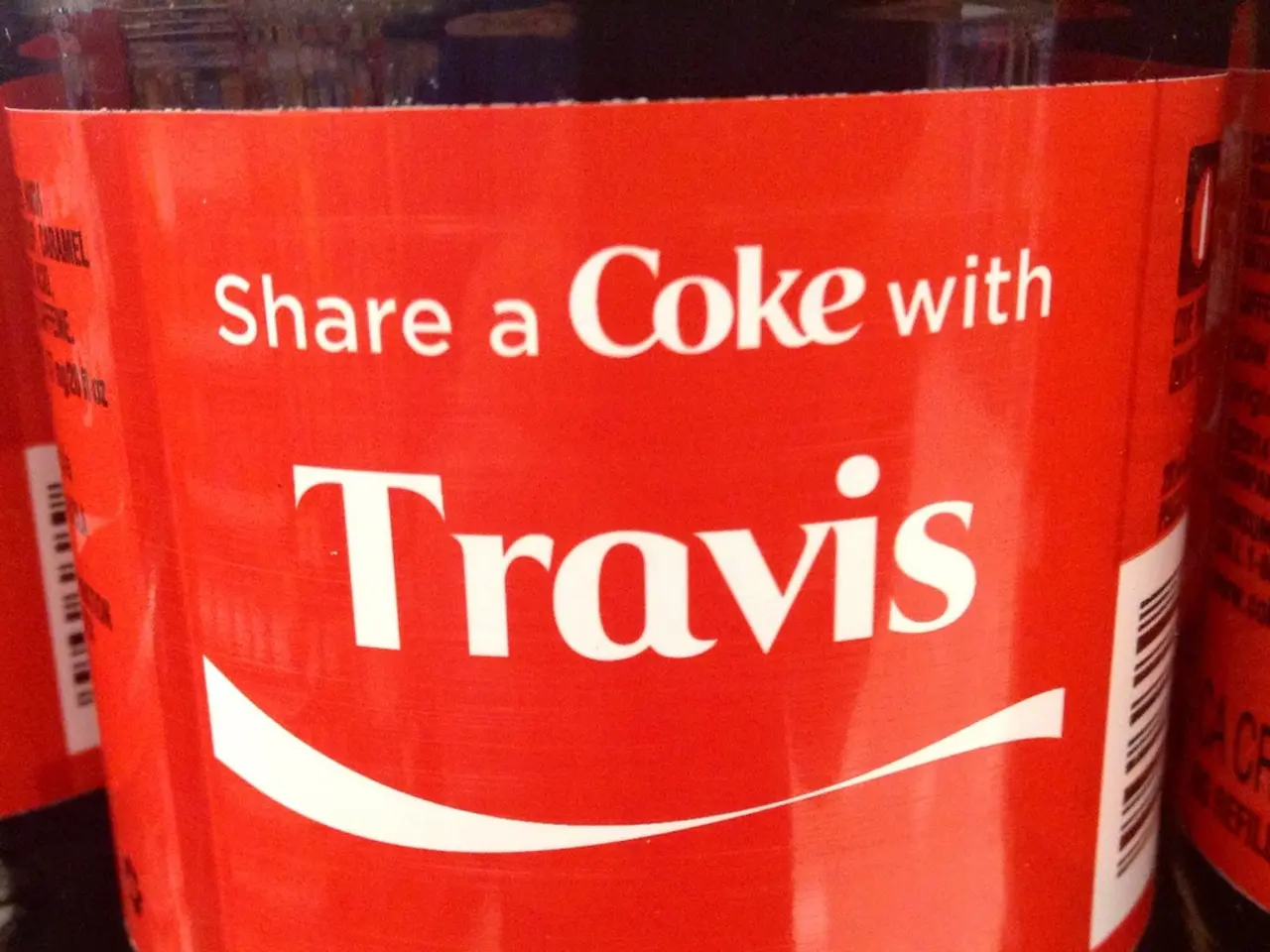Opening a Can of Worms
In the Science Museum's "Who Am I?" gallery, a thought-provoking sculpture by artist Esther Fox has taken centre stage. Titled "Pandora's Box," the piece is on display until September 2016, inviting viewers to reconsider the connection between the medical body and spiritual essence, and what it means to be human.
Created as a metaphor for the ethical challenges associated with pre-natal genetic screening, "Pandora's Box" emerges from a casket embossed with the Hippocratic Oath. Emerging from the casket is a double helix style twist made from computer punch tape, symbolizing the early era of collecting and storing data. The inside of the casket is gilded with gold leaf, symbolizing inner beauty and knowledge.
The strips of velum hanging above the casket are calf skin manuscripts, used for valuable documents such as the Magna Carta. The velum in "Pandora's Box" is embossed with excerpts from a study that looked at how people felt about prenatal genetic screening.
Esther Fox, who has a full life, works full time, is married, and has a rich and diverse social life, hopes to encourage public commentary on the piece. She argues that a wider availability of pre-natal genetic screening could significantly alter society, and genetic screening involves not just scientific progress, but also screening out individuals with certain genetic conditions.
Fox, who predominantly worked as a painter prior to creating "Pandora's Box," collaborated with Felicity Boardman, the study's author, to look at the statements taken from people affected by the genetic condition Spinal Muscular Atrophy. The artwork encourages thoughtful contemplation and expresses complex emotional subject matter.
"Pandora's Box" represents multiple voices who had taken part in the study. Fox is interested in how art can stimulate discussions about complex ethical issues. She feels that her disability is a significant part of her identity, teaching her resilience, creative problem-solving, and the ability to communicate with diverse people.
The artwork urges viewers to reflect critically on the balance between scientific progress and ethical responsibility in genetic screening. The metaphor also emphasizes the unintended consequences of tampering with human genetics, alluding to the classical myth where opening Pandora's Box released evils into the world, highlighting fears that genetic screening could lead to new forms of inequality and ethical challenges.
More information about the development of "Pandora's Box" can be found on the Science Museum's website. Fox's work serves as a reminder that while scientific advancements can be beneficial, they must be approached with caution and a keen understanding of the ethical implications they may have.
Science and technology are beautifully combined in Esther Fox's artwork "Pandora's Box," which is on display at the Science Museum. This thought-provoking piece invites viewers to deliberate on medical-conditions, health-and-wellness, and the ethical challenges associated with pre-natal genetic screening.




